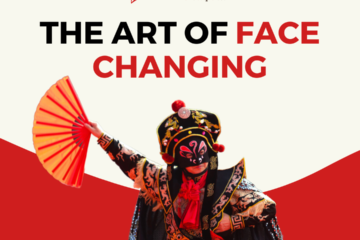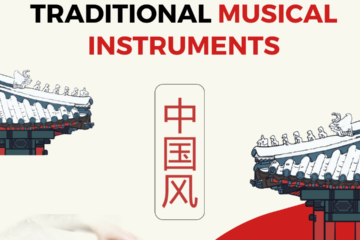Author: Alessandro Zhuohao Hu
Have you ever wondered how the ancient Chinese performed calculations in their daily life? When neither calculators nor computers existed, merchants and shopkeepers performed mathematical operations, such as calculating costs, using the so-called 珠算 (zhūsuàn) method, a traditional method of performing mathematical calculations through 算盘 (suànpán), the Chinese abacus.
The most common shape of the abacus is the rectangle, and it is essentially an array of beads organized in a 5+2 bead combination on a single rod split by a wooden barrier. The greater the number of rods, the more accurate the calculations.
The lower 5 beads are called earth or water beads and represent a value of 1 whilst the upper 2 beads are called heaven beads and represent a value of 5. By summing up the beads on one rod of an abacus we obtain 15, which in Chinese tradition represents the number of the harmony of life and the universe.
The abacus was capable of addition, subtraction, multiplication, division, exponential multiplication, root, and more complicated equations by moving beads along the abacus rods according to defined formulas: it can be very time efficient when used by proficient practitioners.
Despite the emergence of digital calculators, the Zhusuan method is still widely used in Chinese life: training in abacus-based mental arithmetic is thought to improve a child’s attention span, memory, and mental capability.
During the 8th Annual UNESCO World Heritage Congress on December 4th, 2013, Chinese Zhusuan was officially listed as intangible cultural heritage, becoming an important symbol of traditional Chinese culture.


